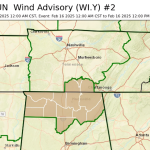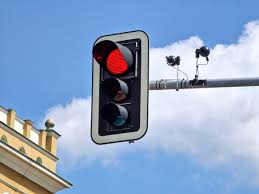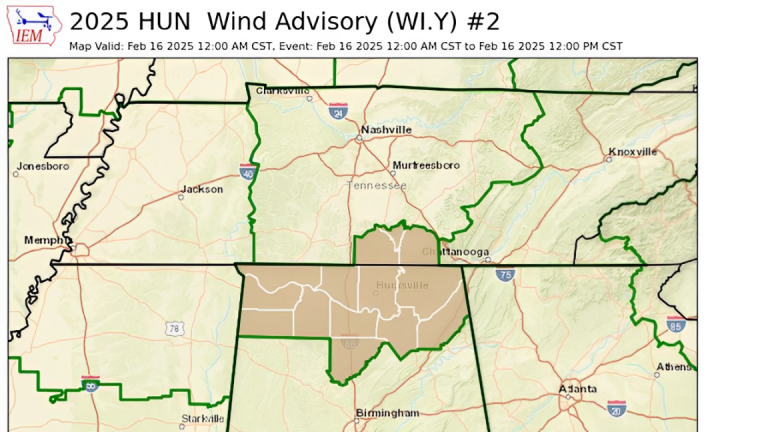Navigating the roads of Austin requires a clear understanding of right-of-way rules to ensure safety and smooth traffic flow.
These rules dictate who has the priority to proceed in various driving scenarios, reducing confusion and preventing accidents.
While the Texas Transportation Code provides the foundation for these regulations, it’s essential to be aware of specific applications within Austin.
Understanding Right-of-Way
In Texas, “right-of-way” refers to the legal authority that determines which driver or pedestrian has the priority to proceed in a given traffic situation.
These laws exist to regulate the flow of traffic, reduce confusion, and ensure that vehicles and pedestrians can safely navigate roadways and intersections.
Intersections Without Traffic Signals
At intersections without traffic signals, the basic rule is that whichever vehicle arrives first at a stop sign has the right of way.
If two vehicles arrive simultaneously, the driver on the left must yield to the driver on the right.
Four-Way Stops
In situations where all directions have stop signs, the first vehicle to stop should be the first to proceed.
If multiple vehicles arrive at the same time, the vehicle on the right has the right of way. This rule helps prevent confusion and keeps traffic moving smoothly.
T-Intersections
At T-intersections, where one road ends at another, drivers on the terminating road must yield to all traffic on the through road.
This means that vehicles on the main road have the right of way, and those on the road that ends must wait for a safe gap before entering.
Pedestrian Crosswalks
Pedestrians have the right of way at crosswalks and intersections when following traffic signals. However, outside of these conditions, they must yield to vehicles.
Both drivers and pedestrians must remain vigilant and adhere to traffic signals to prevent accidents.
Highway Merging
When merging onto a highway, the entering vehicle must yield to the traffic already on the highway. Drivers should accelerate to match the speed of highway traffic and merge when it’s safe to do so.
Conversely, vehicles on the highway should be aware of merging traffic and, if possible, move over to allow a smoother merge.
Emergency and Utility Vehicles
Texas law requires motorists to move over or slow down when approaching stopped emergency vehicles with activated lights.
As of September 1, 2023, this law has been expanded to include TxDOT vehicles, tow trucks, and utility service vehicles.
Drivers must either move over to another lane or reduce their speed by at least 20 mph below the posted limit when passing these vehicles.
Penalties for non-compliance can include fines up to $1,250 for a first offense and up to $4,000 and jail time if serious injuries are caused.
Read More:
- Right of Way Rules: Who Goes First on the Road in San Jose?
- Right of Way Rules: Who Goes First on the Road in Dallas?
Navigating Roundabouts
Roundabouts are becoming more common in Austin to improve traffic flow. When approaching a roundabout, drivers must yield to traffic already circulating within it.
Enter the roundabout when there’s a safe gap, and always signal your exit to inform other drivers of your intentions.
Bicyclists on the Road
Bicyclists have the same rights and responsibilities as motor vehicle drivers. When overtaking a bicycle, drivers should maintain a safe distance and only pass when it’s safe.
In many areas, bike lanes are provided, and motorists should be cautious not to encroach upon these lanes.
Common Mistakes and Safety Tips
One common mistake is assuming the right of way rather than confirming it. Even if you believe you have the right of way, it’s essential to ensure that other drivers acknowledge this before proceeding.
Always make eye contact with other drivers or pedestrians at intersections to confirm intentions.
Another frequent error is failing to yield during left turns. When making a left turn, you must yield to oncoming traffic unless you have a green arrow indicating otherwise.
Patience and caution are crucial in these scenarios to prevent collisions.
Conclusion
Understanding and adhering to right-of-way rules are vital for the safety of all road users in Austin.
By following these guidelines and remaining vigilant, drivers can contribute to a safer and more efficient driving environment.
Disclaimer- Our team has thoroughly fact-checked this article to ensure its accuracy and maintain its credibility. We are committed to providing honest and reliable content for our readers.

























+ There are no comments
Add yours